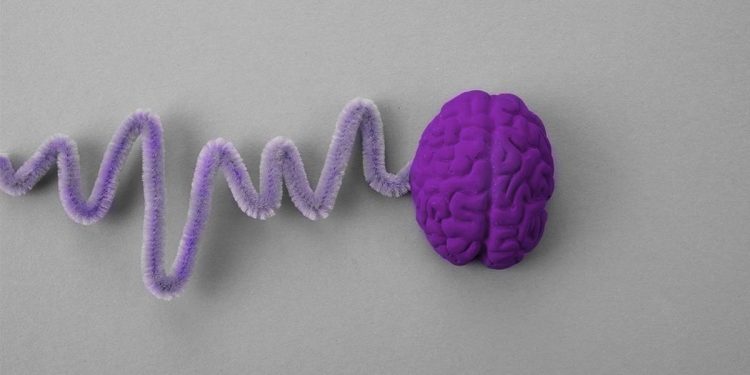November 1, 2022
Increasing awareness and understanding of epilepsy
 November is national epilepsy awareness month.
November is national epilepsy awareness month.
Some of my earliest memories are related to epilepsy. My older brother, now in his 50s, has had epilepsy since birth, along with some other physical and intellectual disabilities. He typically has seizures about once a week, so seeing him experience them and my parents help him was just a part of life as I grew up.
For someone witnessing a seizure for the first time, however, it can be alarming and difficult to know what to do.
Epilepsy is one of the most common neurological conditions, impacting 1 in 26 people in their lifetimes. More than 3.4 million Americans live with epilepsy at any given time, about half a million of which are children, yet awareness is relatively low and the condition is often misunderstood.
Epilepsy is characterized by seizures, which the Epilepsy Foundation defines as “sudden surges of abnormal and excessive electrical activity in the brain,” but it is not the only cause: strokes, fevers, and certain drugs can lead to non-epileptic seizures.
Over 75,000 people in Washington state are living with epilepsy
Asked to describe a seizure, most people would likely mention a person collapsing and convulsing. Although this is sometimes the case, there is actually a wide spectrum of seizure types categorized by how the seizure starts, the level of awareness, and whether movements happen.
How to help someone during a seizure
Seizures usually have three stages:
- At first, the person may experience an aura–a hard-to-describe sensation that a seizure is coming. Not everyone with epilepsy experiences this and, for those who do, the time until the next stage of the seizure can vary greatly.
- The main part of the seizure, known as the ictal phase, may be brief and barely noticeable, like a momentary loss of awareness, or longer and characterized by loss of consciousness and rapid convulsions. The latter–previously known as a tonic-clonic or grand mal seizure–includes stiffening muscles, groaning, jerking of the arms and legs as they rapidly relax and contract, and possible loss of bladder or bowel control.
- The end of the seizure is the recovery period, which can range from seconds after a short seizure without movement to hours after a long seizure with convulsions. During this time, the person may be tired, nauseous, thirsty, and confused.
Regardless of the type and duration of the seizure, seizure first aid is simple and easy to remember:
- STAY with the person until seizure is over and they feel better
- Keep them SAFE from injury by removing potential hazards in the immediate area.
- If unconscious, turn the person onto their SIDE.
In spite of what you may have seen in movies or on TV, never put anything in the person’s mouth or try to restrain them from convulsing.
In most instances a seizure is not a medical emergency and will end by itself in a minute or two. However, you should call 911 in certain cases, such as if the seizure doesn’t stop after 5 minutes or the person suffered an injury when losing consciousness.
Support epilepsy research and nonprofits
Many advances in recent years have greatly improved the lives of those living with epilepsy. New medications can control seizures in up to 70% of patients, while surgery, devices that send small electric currents to the nervous system, and even certain diets can be effective in other cases.
Supporting research hastens the development of new treatments and therapies
Yet many still live with epilepsy’s symptoms and impacts on an ongoing basis. Nonprofits provide educational programs, raise public awareness, advocate for those affected, and some even provide specially trained “seizure dogs” that are able to alert help and protect the person experiencing the seizure. In some cases, these canine helpers can even sense a seizure is coming before it starts.
Consider making a one-time contribution or setting up payroll deduction to one of our CFD member organizations promoting education and research into epilepsy and helping to improve the lives of those living with the condition:
Epilepsy Foundation Washington (charity code 1482743): The Epilepsy Foundation, in collaboration with our community and network partners, connects the people, data and resources needed to address challenging health problems associated with seizures and the epilepsies—and promotes education, policy, research and systemic change that will foster measurable and sustainable improvement for all people living with epilepsy.
Epilepsy Foundation of America (charity code 1482510): Our mission is to lead the fight to overcome the challenges of living with epilepsy and to accelerate therapies to stop seizures, find cures, and save lives.
CURE: Citizens United for Research in Epilepsy (charity code 1479707): Our mission is to find a cure for epilepsy, by promoting and funding patient-focused research.
 Contributed by Simon Reeve-Parker. Simon is a Program Operations Specialist in the UW Graduate School.
Contributed by Simon Reeve-Parker. Simon is a Program Operations Specialist in the UW Graduate School.